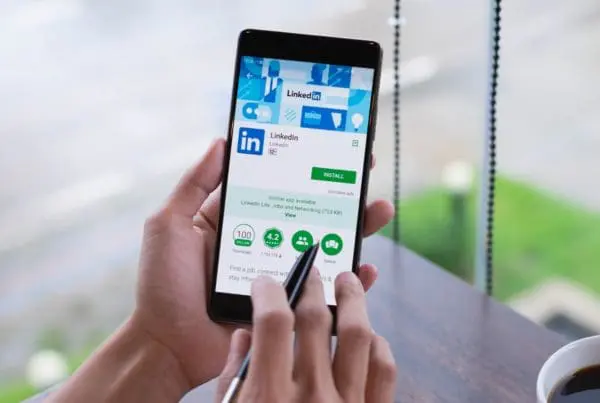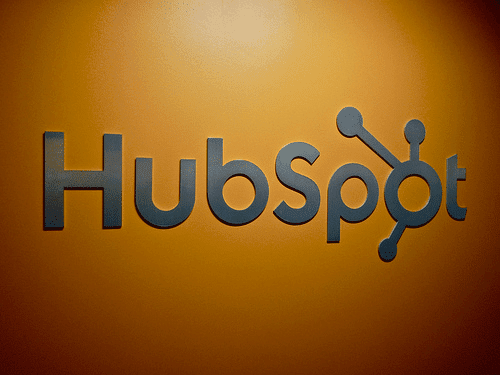With a population of 56 million and a growth rate of 163 percent, the Hispanic market can hardly be considered “niche” any longer. Smart companies are building Hispanic marketing into their plans and budgets, with campaigns that mirror the strategy and tactics of so-called mainstream marketing efforts. Even smarter companies are designing products around Hispanic cultural preferences. Why? Because in addition to being the fastest growing demographic segment in the nation, the Hispanic population is becoming more prosperous and powerful, with a current spending power of some $1.5 trillion.
The same shift that is happening in all of marketing is even stronger in the Hispanic market: the customer is in control like never before. In other words, Hispanic consumers want what all consumers want –authenticity. Don’t make the mistake of relying on stereotypes or broad-based generalizations. Instead, get to know your target audience and customize your communication to speak to its specific needs. This need is even more pronounced when it comes to using different languages and addressing different cultures–the customer can tell when you know them.
For a non-Hispanic company to reach the diverse Hispanic audience, it must do its homework to understand who it is targeting, how this group communicates and what it cares about, and craft messages and campaigns that reflect that understanding and knowledge. Just translating English programs into Spanish is not enough.
Here, for example, are some common mistakes companies have made trying to enter the Hispanic market:
- Hiring a Hispanic agency to create a Spanish-language ad and web page to attract Hispanic consumers to their stores, but no Spanish language lead nurturing programs to continue building a relationship.
- Creating a website with a Spanish-language landing page, but when the customer goes to purchase products, the commerce engine of the site is in English.
- Creating an effective Spanish language advertisement, but when the customer calls to take advantage of the offer, the phone representative doesn’t speak Spanish.
- A customer goes to a store to purchase an advertised product, but the store employees don’t speak Spanish.
Marketers point out that the Hispanic market is really a set of markets that represent different age groups, countries of origin and languages. For example, one of the large segments (40 to 60 percent) of the Hispanic market is bilingual–second and third generation consumers who speak English and Spanish. Many marketers feel that they only need to partially engage in Spanish, but many of these consumers have strong cultural ties to their nationality. Mexico is the largest single country of origin, but growing populations from South America and Central America have different sensibilities–similar to the differences between English speakers from the U.K., U.S., and Australia.
Simply creating Spanish-language marketing materials is not enough to win sales and loyalty. In the next 10 years, products and services will be developed with the Latino customer in mind, which will lead to a new influx of products inspired by the Hispanic audience. Marketers would be well served to implement all the best practices involved in targeting any audience–develop full buyer personas, map the customer journey, create offers targeting the buyer persona at each journey stage, and be prepared to refine and adjust as you learn from your customers




